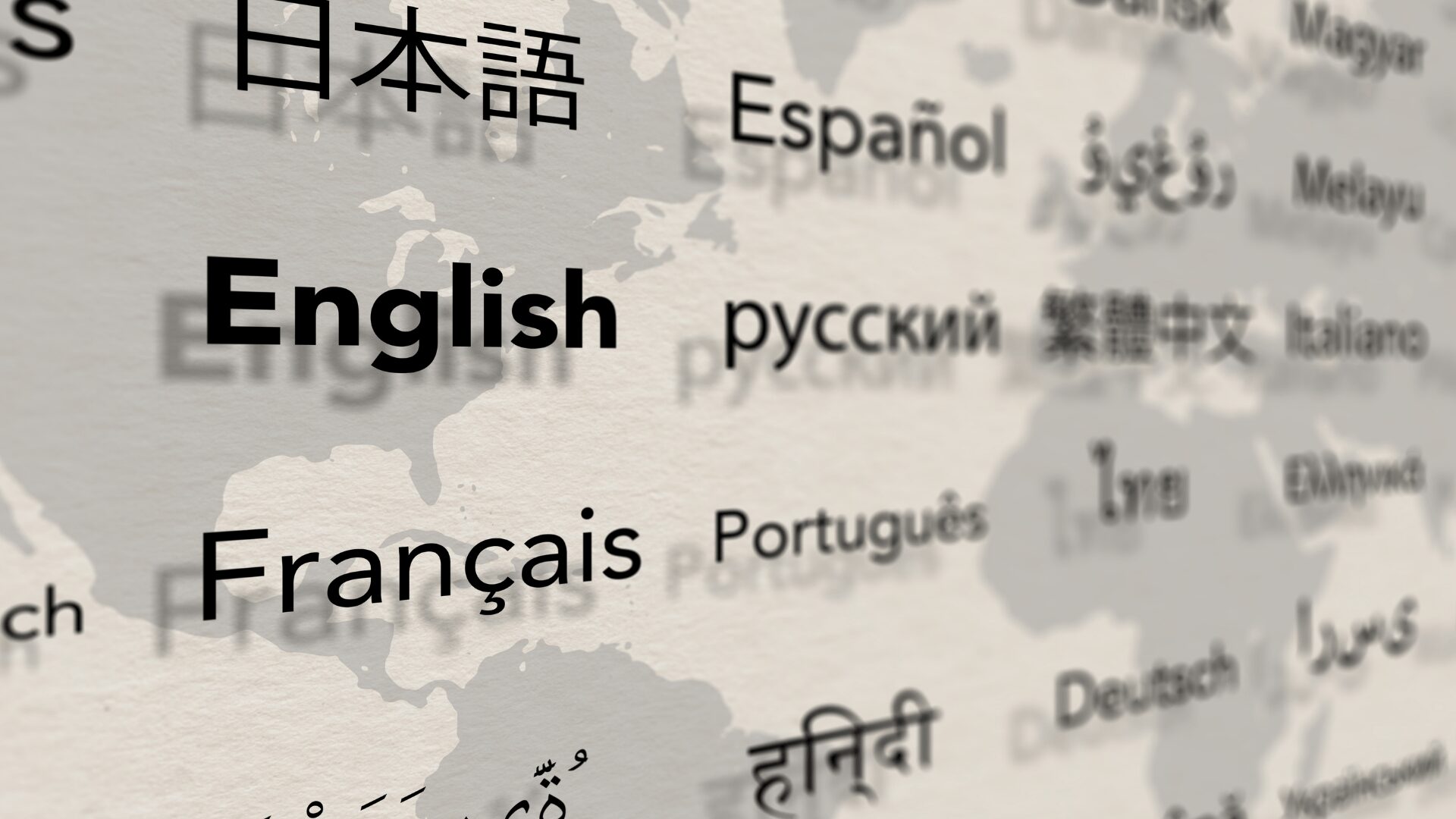Translation is a vital process that embodies the authors and the masterpieces in other cultures within the varied ideologies of publishers and translators. Have you ever considered how Daniel Defoe’s masterpiece Robinson Crusoe (1719) or the astonishing work Frankenstein by Marry Shelley (1818) were introduced within Turkish culture? One’s perception of translation varies from person to person based on their background history, ideological thought, cultural values, and their languages’ period of change. Of course, translation theories have been developed within these fluctuating concepts. For example, during the late 19th century, with the “Polysystem Theory” proposed by Even Zohar, although people started to look at translation from an interdisciplinary concept, the debates were centered on “the meaning of translation”. During this period, theorists discussed the adequacy and equivalency of the translation. However, nowadays we have been discussing machine translation, website translation, and audiovisual translation; we have been talking about intertextuality and rewriting. We are in a century where it is impossible to talk about the accumulation behind digitalization beyond simply asking, “what is translation?”. When we asked that question, another question came to mind: are there any links between “the accumulation” and “translation as rewriting”?
Translation as Rewriting
The translation concept is differentiated according to the translator’s perspective towards translation, the period the work was produced, the purpose of the translation, the text type, the medium, and the varied ideologies surrounding the translation. The concept is specialized if it is required by a particular institution or field, such as law, a user manual, or medicine. It is mostly practiced within the scope of the rules instead of terminological improvements. Like any other field or discipline, “being an expert” has a critical impact on the quality of the translation. For example, there are varied areas of expertise in law: ideal law, positive law, national – international law. Moreover, these areas of expertise are differentiated in various law systems. In general, the law systems are divided into two groups: civil law and common law. Also, there are some constant amendments in law. So, the translator should take the structures of the language, sentences, and text format into account while working on the translation strategies. However, in disciplines like literature or audiovisual, the diversity of translation is debatable because sometimes the aim of the translation is the passion to call for new readers, sometimes it is extending the value of the masterpiece in the literary space of the society. In this way, the concepts of translating and rewriting coexist in a natural environment. Diverse disciplines, cultures, lifestyles, and periods… You may want to briefly take a look at the concept of paratext developed by Gérard Genette to understand the complexity of translation.
The Connection Between Paratext and Rewriting
There are many possible answers to the question “why do we need translation?”, but we will approach this under “the connection between paratext and rewriting”. First, let’s begin by understanding how the paratext concept works in varied platforms. When we talk about the physical aspects of a book, we are referring to the book cover, print format, picture, the colors used, the names of the author/s, translator/s, publisher, and the logos on the book cover. All of these physical characteristics on the cover are called peritext. On the other hand, the other relatable elements are called epitext (the blog writings, the videos, comments about the piece). These notions are propounded by the famous French literary theorist Gérard Genette. Although he presented translation by putting forward these notions in a structuralist mindset, he also shows the perplexity of translation as an action. These complex mindsets show us that translation is also an extensive project that should be strategically planned by the translator like an engineer. Remember that every work enters every culture differently. Some are stricter to the original text, some of them have to be shaped in accordance with the perception level of the society or strict ideologies because translation is not only an act, but also a living being, and if the aim of it is to be understandable, then it requires many strategies to come into existence in the target culture, language, and literary system. Maybe it enters the culture by being transformed into a children’s book, a television series, or as youth fiction… So, rewriting has a significant role in the world of translation because, with time, the act of translation requires embodiment in varied forms and presentation in different platforms, but that is its spirit, right? The spirit of diversity.

